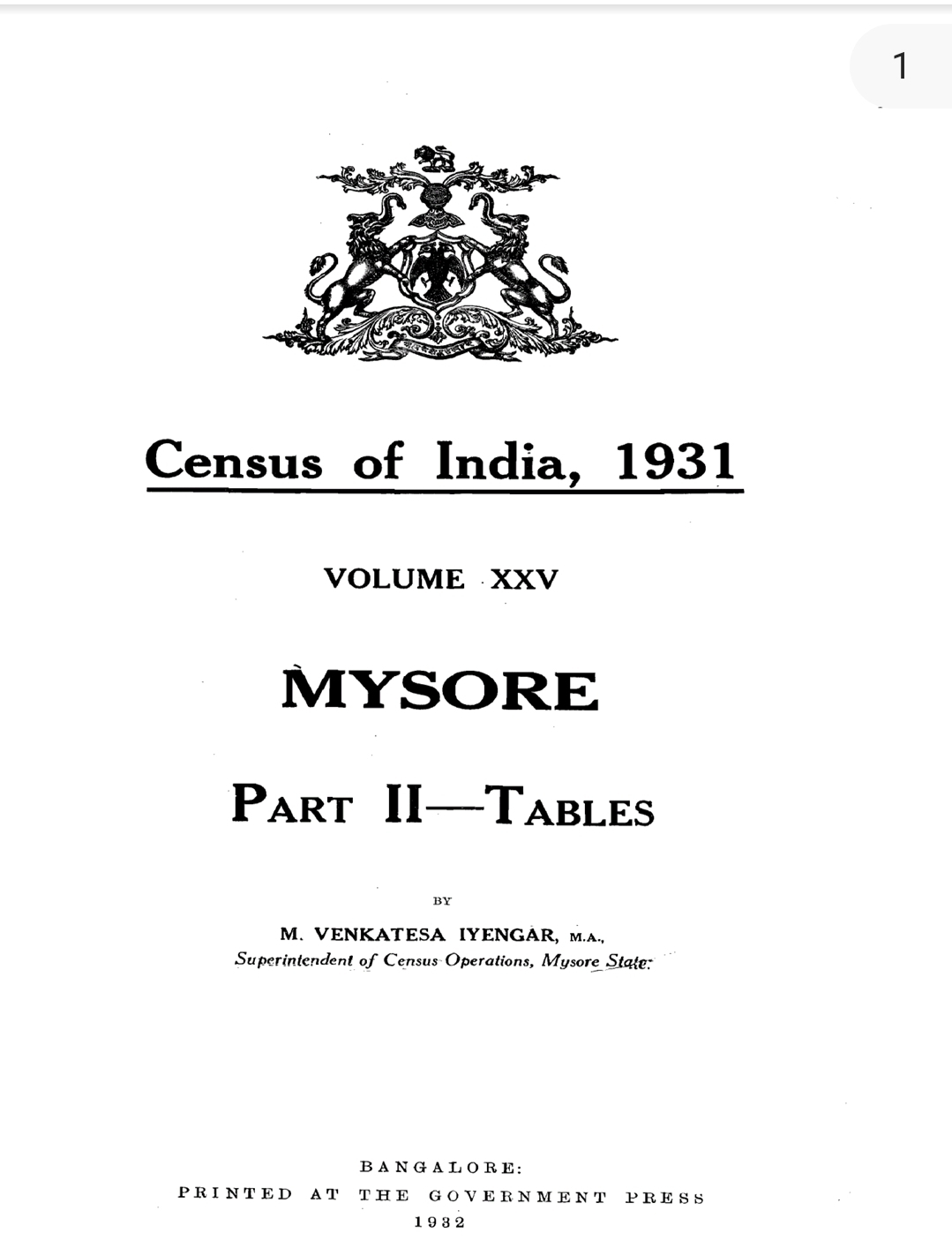Khana of Gulegudda and Muslin of Dhaka.
The Indian civilization through the millennium was famous for textiles and it's fabrics was imported by Romans and others for many centuries, until the arrival of Europeans, who exploited our national resources and ensured our economic backwardness which ended with our independence in 1947. We had a monopoly of certain fabrics which contributed substantial resources to the economy which helped us to dominate world economy.
In each part of Indian subcontinent weavers were creating fabrics and weaveing techniques that are world renowned even after the British systematically destroyed Indian Textiles and handlooms to help the import of textiles from England.
The lost fabric and weaving techniques are been recreated after 200 years. Dhaka muslin, which was said to have been so fine and delicate that a whole six-meter sari could be folded up and placed within a match box. Today weavers of Bangladesh are painstakingly recreating the fabric which was once worn by emperors, kings and queens of europe and many well known celebrities.
Once a emperor was angry with his daughter when he found that her skin could be seen through her clothes after she wore a dress made from very delicate muslin fabric. She argued with her father that she was wearing seven layers of cloth and she couldn’t help it if it was still insufficient to cover herself. It was not her fault.
The five essential entrepreneurial skills for success: Concentration, Discrimination, Organization, Innovation and Communication.
Khun Or khana a 4,000-year-old handwoven fabric, which almost extinct. Traditionally favoured by women in north Karnataka, this light-weight cotton or cotton-silk handwoven fabric is used to stitch ravike or choli (blouse) to be paired with Ilkal saris. Once common among village women from the region, over the centuries but due to powerlooms, the original handloom fabric had almost disappeared: neglected and on the verge of dying a slow death. Today very few are aware of this fabric, which has a distinctive brocade pattern, much like the Banarasi.
Gulegudda in Karnataka was once a flourishing hub of handloom weaving, with every house having its own handloom and every family member involved in weaving. While there is no definite historical evidence about the origin of this weave, folklores say it started in the 8th century under the Chalukyas.
It is said weavers started weaving this typical fabric to accompany Ilkal sarees. It is also said that during religious festivals, these pieces of fabric would be folded in triangles, placed on a saree and offered to Sri Banashankari Devi.
Some say, it's the folding pattern of the fabric into small squares that got it the name khana or khun.
Today khana of Gulegudda needs assistance and I hope government,and textiles entrepreneurs revive this heritage of our community's weavers before it's to late.
"You don't stumble upon your heritage. It's there, just waiting to be explored and shared."
Jai Devanga.
GaviRangappa S P
Devanga's Vidhana
https://t.me/joinchat/T9PZE7wMJss2eol0
https://www.facebook.com/groups/115655385522020/?ref=share
https://www.facebook.com/vidhanadevangas/






Comments
Post a Comment